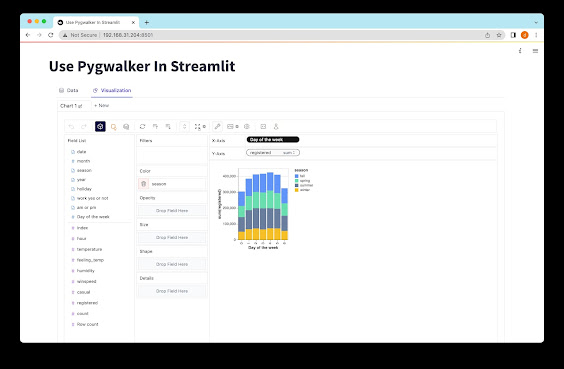Hadoop: Everything You Need to Know
The big data revolution has transformed the world in countless ways. From predictive analytics to customer segmentation, businesses now have access to vast amounts of data, making them more efficient, effective, and profitable. However, collecting, storing, and processing this data is no simple feat, which is where Hadoop comes in.
What is Hadoop?
Hadoop, in its simplest form, is a distributed data processing system. This means that it uses multiple computers to work together and process large volumes of data in parallel. Hadoop was designed to handle big data, which is characterized by its volume, velocity, and variety. It is an open-source software framework, which means that it is available to anyone to use, modify and distribute.
Hadoop was created by Doug Cutting and Michael J. Cafarella in 2006. The name "Hadoop" came from Cutting's son's toy elephant, and it has since become one of the most widely used big data processing systems in the world.
How Does Hadoop Work?
Hadoop has two main components: Hadoop Distributed File System (HDFS) and MapReduce. HDFS is a distributed file system that can store large volumes of data across multiple machines. MapReduce is a programming model that allows developers to write code that can be executed across multiple machines in parallel.
When data is stored in HDFS, it is broken up into smaller pieces called blocks and distributed across multiple machines in a cluster. This allows for quick and easy access to the data and provides fault tolerance in case one machine fails.
MapReduce works by dividing a large data set into smaller portions and processing them in parallel across multiple machines. The output from each machine is then combined to produce the final result. The advantage of this approach is that it allows for the processing of large data sets without the need for a single machine to handle the entire workload.
Hadoop Ecosystem
Hadoop is more than just HDFS and MapReduce. There is an entire ecosystem of tools and technologies that have been developed around Hadoop to make it even more powerful and useful. Some of the most popular tools in the Hadoop ecosystem include:
1. Hive – Hive is a data warehousing tool that allows users to query and analyze data stored in Hadoop using SQL-like syntax.
2. Pig – Pig is a data flow language that allows users to manipulate data stored in Hadoop.
3. HBase – HBase is a NoSQL database that runs on top of Hadoop and is optimized for real-time read/write access to large data sets.
4. Spark – Spark is a distributed computing system that is designed to handle large-scale data processing. It can also be used in conjunction with Hadoop to process data in real-time.
5. Mahout – Mahout is a machine learning library that is designed to work with large data sets stored in Hadoop.
Benefits of Hadoop
There are several benefits of using Hadoop for big data processing:
1. Scalability – Hadoop is designed to scale horizontally by adding more machines to a cluster as needed to process large volumes of data.
2. Cost-effective – Hadoop is open-source, which means that there are no costs associated with licensing or purchasing proprietary software.
3. Fault-tolerant – Hadoop is designed to be fault-tolerant, which means that it can handle failures without data loss.
4. Real-time analytics – Hadoop can be used to process data in real-time, making it a valuable tool for applications that require real-time analytics.
5. Flexibility – Hadoop is an open-source framework, which means that it can be customized to meet the needs of specific applications.
Conclusion
Hadoop has revolutionized the world of big data processing. It provides a scalable, cost-effective, and flexible solution for handling large volumes of data. Its open-source nature has also led to the development of a vast ecosystem of tools and technologies that make it even more powerful and useful. If you are working with big data, Hadoop is an essential tool to consider.

Comments
Post a Comment